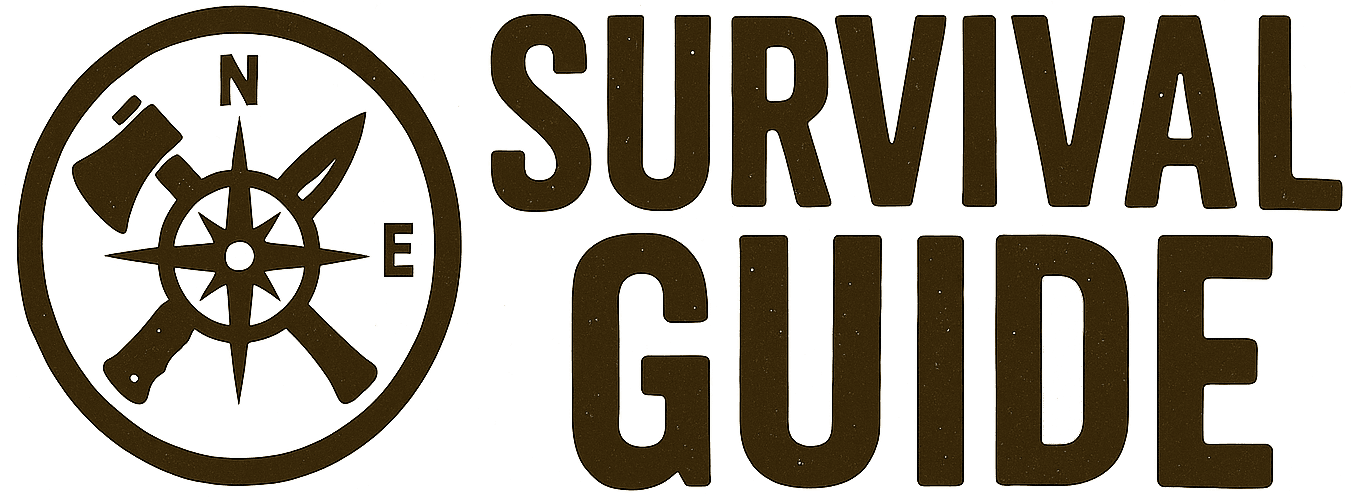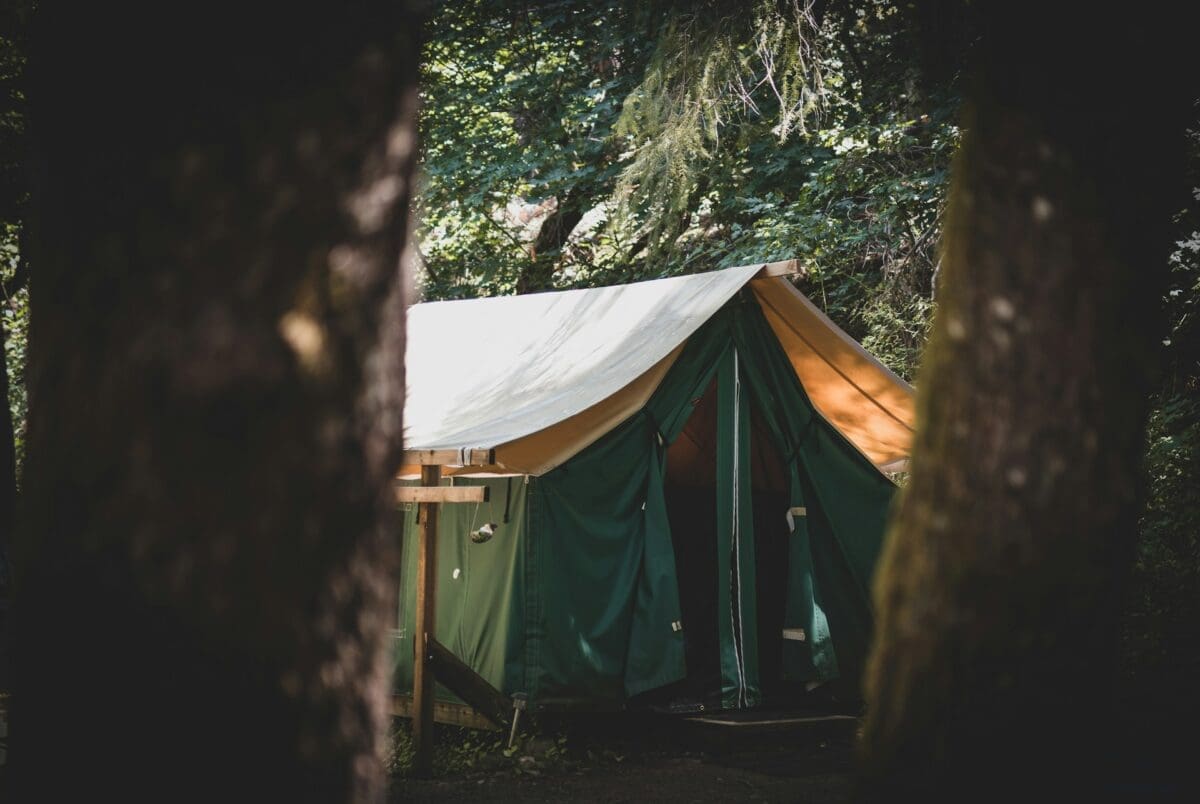When the storm hits, there’s no time to build walls from branches or dig a snow cave. Sometimes, all you’ve got is what you carried—and that’s where emergency tents become lifesavers.
A good tent isn’t a camping luxury; it’s a barrier between you and the cold, the wet, and the chaos. In survival situations, choosing the right one could be the difference between making it through the night or not making it at all.
Why Emergency Tents Matter More Than You Think
- Exposure kills fast. Hypothermia and heatstroke can strike in hours.
- A tent provides instant wind and rain protection when natural shelter isn’t an option.
- They’re portable, meaning you can move fast without leaving protection behind.
- Many double as signal tools or heat traps, keeping you visible or warm depending on your needs.
What to Look for in an Emergency Tent
- Weight vs Durability
- Ultralight models are easy to carry but fragile.
- Heavier expedition tents handle extreme weather but are bulkier.
- Setup Speed
- Instant pop-up or tube-style tents are best when seconds count.
- Avoid complicated pole systems in crisis scenarios.
- Weatherproofing
- Look for waterproof ratings (3,000mm+ hydrostatic head) and reinforced seams.
- Snow flaps or wind skirts can save your life in blizzards.
- Heat Retention
- Reflective liners trap body heat.
- Consider bivvy sacks or thermal layers for sub-zero conditions.
- Visibility & Camouflage
- Bright colours make rescue easier.
- Neutral greens and browns keep you hidden if discretion is vital.
Types of Emergency Tents Worth Carrying
1. Bivvy Sacks (Ultra-Compact)
- Weighs almost nothing, fits in a pocket.
- Provides wind and rain protection for one person.
- Reflective versions trap body heat, but space is minimal.
2. Tube Tents (Instant Setup)
- Simple plastic or Mylar tubes—string between two trees for instant cover.
- Not comfortable, but fast and effective for wind and rain.
3. 4-Season Survival Tents
- Proper expedition-grade shelters built for snow and storms.
- Bulkier but crucial if you’re travelling in hostile climates.
4. Pop-Up Shelters
- Perfect for rapid deployment in moderate weather.
- Limited durability in storms—always anchor securely.
How to Make Any Tent More Survivable
- Ground Insulation: Lay pine boughs, blankets, or foam mats to avoid heat loss.
- Wind Barriers: Use natural cover or build a wall of snow or logs to block gusts.
- Fire Reflection: Pitch near a safe, reflective fire wall to bounce warmth inside.
- Double Up: Use a bivvy inside a tent for added heat and redundancy.
Essential Tent Kit Checklist
- Lightweight emergency tent or bivvy
- Paracord and stakes (never trust factory kits)
- Mylar blanket or reflective tarp (adds insulation)
- Ground mat or inflatable pad
- Repair tape and extra guy lines
Final Word
When disaster strikes, a solid emergency tent can buy you precious hours—or even save your life outright. It’s not about comfort. It’s about staying dry, warm, and alive when the elements turn hostile and there’s no roof but the one you brought.

